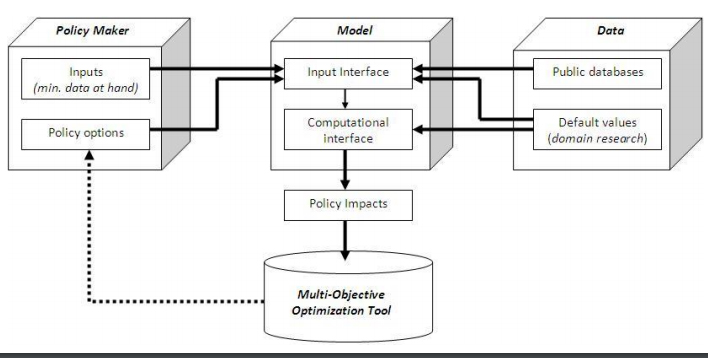
Transport models are generally recognised as useful tools for predicting transport demand and analysing the effects of various transport policies of transportation projects. Unfortunately, the complexity of most transport models gets in the way of their widespread use by planning authorities and policy makers. Consensus transport model incorporates most of the transport behaviour parameters desired in a transport model, yet it has a simple structure (sketch-based model) and manageable data requirements. This paper describes a diversion model that adopts a specific technique for forecasting changes in demand. Demand in this model is assumed to be driven by roadway capacity and generalized cost of travel, as well as by their respective elasticities. The model is planned for use mainly by public authorities, with limited resources or know-how in transport modeling, in estimating traffic and traffic related impacts, when examining road pricing schemes for two generic types of road projects: a new road project and the upgrade of an existing roadway. Among the components taken into consideration within the road pricing schemes tested in Consensus transport model are: project scale, application area, type of authority, road pricing scheme, toll collection technique, and price level.
| ID | pc254 |
| Presentation | |
| Full Text | |
| Tags | eco-driving, impact assessment, road infrastructure, road safety measures, urban mobility |







